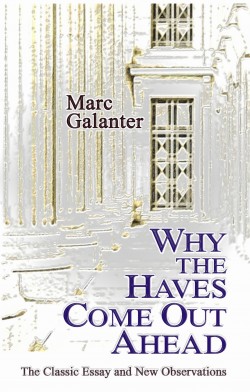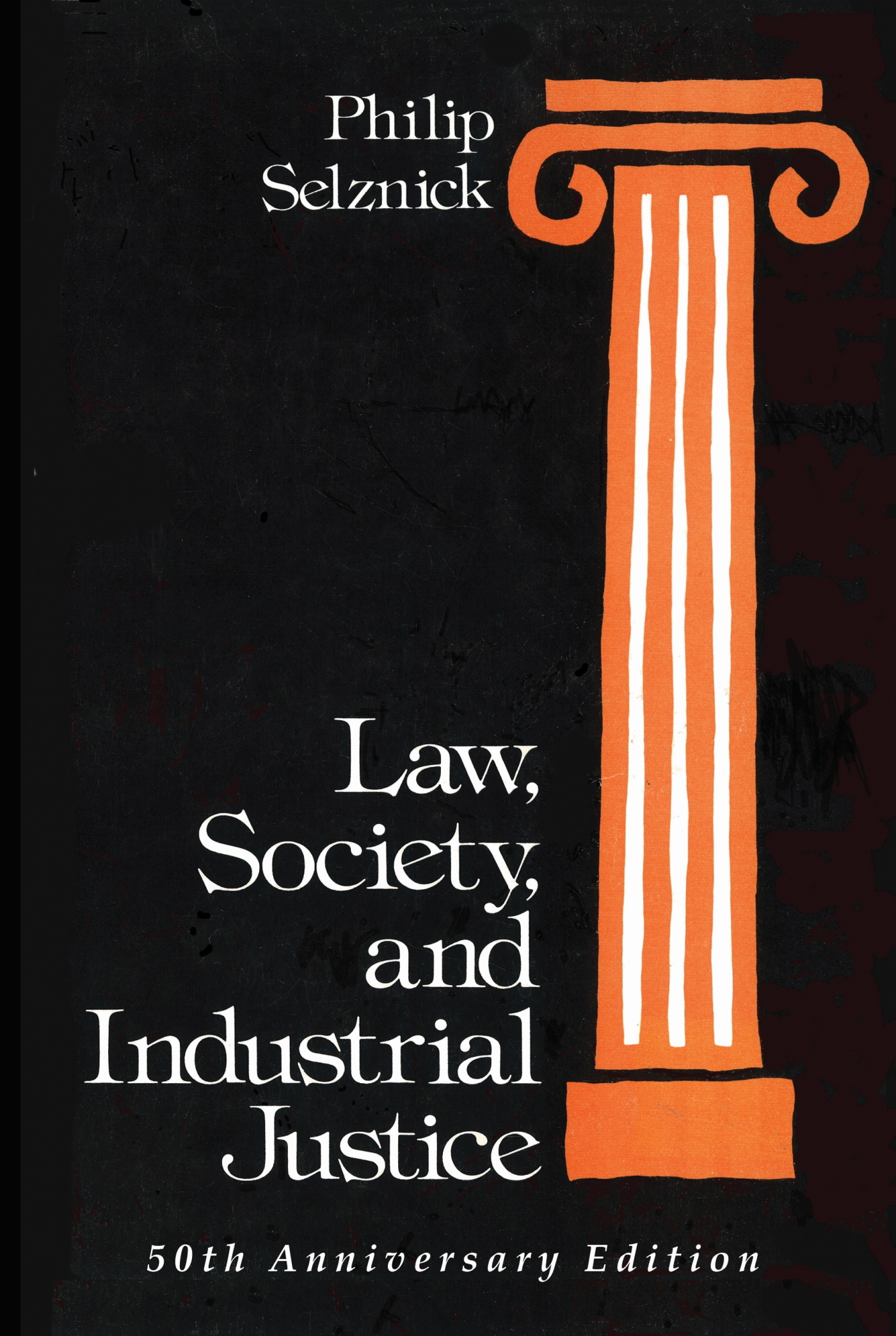Galanter’s much-cited Why the Haves Come Out Ahead is now a book, adding new commentary
This is the fortieth anniversary edition of a classic of law and society, updated with extensive new commentary. Drawing a distinction between experienced “repeat players” and inexperienced “one shotters” in the U.S. judicial system, Marc Galanter establishes a recognized and applied model of how the structure of the legal system and an actor’s frequency of interaction with it can predict outcomes.
Notwithstanding democratic institutions of governance and the “majestic equality” of the courts, the enactment and implementation of genuinely redistributive measures is a hard uphill struggle. In one of the most-cited essays in the legal literature, Galanter incisively demolishes the myth that courts are the prime equalizing force in American society. He provides a penetrating analysis of the limitations and possibilities of courts as the source and engine of large-scale social change.
is a hard uphill struggle. In one of the most-cited essays in the legal literature, Galanter incisively demolishes the myth that courts are the prime equalizing force in American society. He provides a penetrating analysis of the limitations and possibilities of courts as the source and engine of large-scale social change.
Galanter’s influential article is now available in a convenient, affordable, and assignable book, with a new introduction by the author that explains the origins and aftermath of the original work. In addition, it features the author’s 2006 article applying the original thesis to real-world dilemmas in legal structure and consequence today. It is priced low so that this much-assigned article is easily accessible to the classroom, with new updates.
The collection also adds a new Foreword by Shauhin Talesh of the University of California-Irvine and a new Afterword by Robert Gordon of Stanford. As Gordon points out, “The great contribution of the article was that it went well beyond local and contingent political explanations to locate obstacles to social reform and redistributive policies in the institutional structure of the legal system itself.” Gordon details ways in which Galanter’s prophesies have come true and even worsened over four decades. Talesh catalogs the article’s place in legal lore: “seminal, blockbuster, canonical, game-changing, extraordinary, pivotal, and noteworthy.” Talesh introduces how repeat players gain advantages in the legal system and how “Galanter set out an important agenda for legal scholars, sociologists, political scientists, and economists. In short, “every law and legal studies student should be required to read the article because it contextualizes the procedural system as something more than a set of rules that should be memorized and mechanically applied.”
A powerful new addition to the Classics of Law & Society Series by Quid Pro Books.
Hardcover edition: Library-quality hardback is available at Amazon.com, Barnes & Noble, BooksAMillion.com, Ingram catalog, YBP Library Services, and other booksellers.
Paperback edition: Available at Amazon.com, our QP eStore page, Barnes & Noble, BooksAMillion.com, Ingram catalog, YBP Library Services, and other booksellers; in bulk for classroom adoptions from various distributors or discounted by contacting us directly.
Ebook edition available in all leading formats:
Amazon for Kindle.
Barnes & Noble for Nook.
Google for Google Play, and more generally at Google Books.
Apple iTunes and iBooks (direct on iPad and iPhone). See preview online.
And at Smashwords here in universal ePUB format. Also look for it in ePUB at Kobobooks.
…
CATALOGING: Why the Haves Come Out Ahead: The Classic Essay and New Observations
Author: Marc Galanter
Published Sept. 8, 2014
ISBN 9781610272414 (paperback)
ISBN 9781610272407 (hardcover)
ISBN 9781610272421 (ebook)
Page count: 164 pp. total (core article: 60 pp.)
List price (ebook editions): US $9.99
List price (paperback): US $22.99
List price (hardcover): US $39.99



